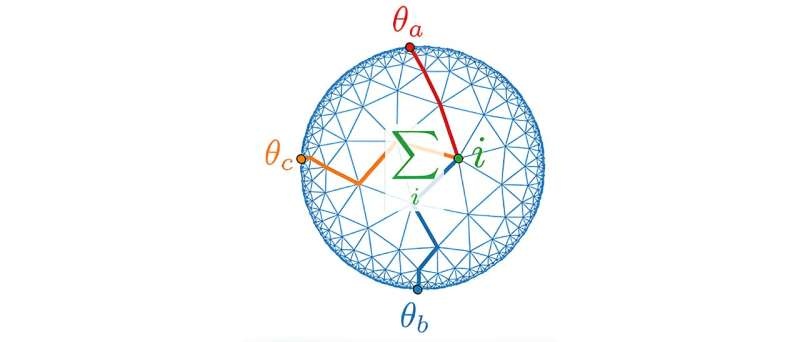Theoretical physicists have unveiled a groundbreaking method to model a central theory of quantum gravity in the laboratory, paving the way for a deeper understanding of the mysterious realm of the smallest particles and the origins of the universe.

Unraveling the Quantum Enigma
Physicists have been fascinated by gravity, a fundamental force that dictates the movements of planets, stars, and galaxies. We are very familiar with how gravity works at large scales, but we have no idea how to describe it theoretically at the quantum level.
This challenge is rooted in the unification of classical gravity with the weird behavior of subatomic particles. The Big Bang and the insides of black holes, certainly two of the most mysterious objects in our universe, are related by a common thread: gravity described through its quantum properties.
Here, the AdS/CFT correspondence–an idea that originated in theoretical considerations about how to exactly solve complex gravitational theories with many dimensions of space by linking them to simpler quantum theories with a lower number of dimensions at the boundary of that space—comes into play. If true, this connection could represent the key to a theory of quantum gravity.
Building a Quantum Circuit that Mimics Curved Spacetime
A new technique devised by Johanna Erdmenger and colleagues at the University of Würzburg in Germany allows physicists to verify these predictions directly. Instead of using proven theoretical calculations, they have pioneered the use of a branched electrical circuit that closely parallels the curved spacetime which the theory proposes.
In so doing it will be able to reproduce the gravitational dynamics that we would observe at different points in spacetime, link this complex set-up with a corresponding electric circuit and prove some theorems that relate its logical connectivity properties of Planck’s work with those involved in quantum gravity. With respect to the AdS/CFT correspondence, the researchers showed how by architecting this circuit carefully they could show that complex dynamics at the boundary of their mimicked spacetime map nicely onto the more complex dynamics happening inside.
This is the right kind of clever thinking needed to keep pushing our knowledge of quantum gravity as well as serving up another helping of tantalizing new physics on top. The team of researchers think that their circuits could bring about a sizable improvement in transmission, especially in neural networks for artificial intelligence.
Conclusion
Professor Erdmenger and her fellow researchers’ breakthrough is an important step forward in seeking to reveal the quantum properties of gravity. With the design of a new model for the AdS/CFT correspondence that can be realized in the laboratory, they have made an important step to unify gravity with its quantum mechanical description.
This research not only bears the potential to reveal how the universe was born and what lies at the heart of black holes, but also provides the first experimental evidence towards realising the promise of novel quantum technologies. Expect some more cool results as the researchers further refine and test their experimental setup.
